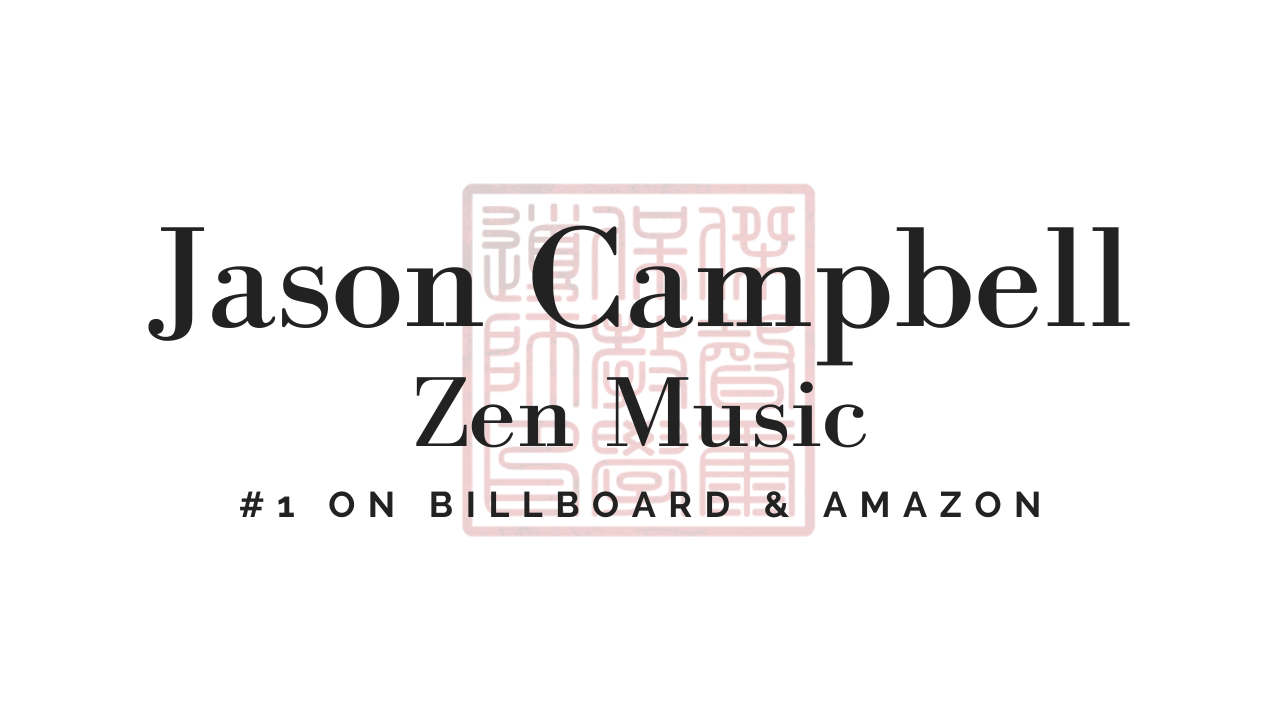Exploring the Depths of Breath, Energy, and Balance
The ancient rhythms of the universe are reflected in every aspect of our existence, from the movements of celestial bodies to the patterns of our breath. This teaching will explore how these rhythms, rooted in tradition and observation, guide us toward greater understanding and balance. It offers practical methods for aligning our internal energy with these universal principles, drawing upon insights into numerology, elements, and the practice of intentional breathing.
Numerology and the Cycles of Time
Eastern traditions, such as the Chinese calendar, emphasize cycles of 12 animals and five elements. These cycles form a 60-year span, akin to their version of a century. While Western timekeeping often focuses on base-10 systems, many universal patterns follow the number six: 60 seconds in a minute, 24 hours in a day, and 12 months in a year.
This numeric focus isn't arbitrary—it reflects the harmonics of existence. The interplay of the five elements (wood, fire, earth, metal, and water) with yin and yang provides a framework for understanding change and transformation. The sixth element, metaphorically speaking, opens the door to transcendence, represented by the "sixth sense."
Karma and Cosmic Energy
Life is an intricate dance influenced by three forms of karma: personal, interpersonal, and universal. Personal karma arises from individual actions and choices, while interpersonal karma stems from relationships and connections. Universal karma, however, is akin to environmental forces, such as the pull of the moon on the tides or the vibrational frequencies that affect us.
Recognizing these influences helps us navigate our lives more gracefully. For example, understanding that the moon can influence oceans—and by extension, our largely water-based bodies—encourages us to tune into the subtle shifts in energy around us. Similarly, acknowledging that the Year of the Rabbit may come with its own set of symbolic traits and challenges helps frame our experiences within a larger narrative.
Breath as a Pathway
The power of breath cannot be overstated. Intentional breathing serves as a bridge between the physical and energetic realms. When practiced mindfully, it regulates the flow of energy within us, restores balance, and centers our focus. Below are a few transformative breathing techniques shared:
Bells Breathing
Using "bells" as a mental timer, this practice involves inhaling for a set number of bells, holding, and exhaling. Each progressive cycle increases the count, encouraging deep, rhythmic breathing.
Example: Inhale for one bell, hold for two, exhale for three. Gradually increase until reaching six bells. This simple practice quiets the mind and strengthens the connection to your inner self.Box Breathing
A more advanced form involves inhaling, holding, exhaling, and holding again for equal durations—16 seconds per phase in this case. This technique requires focus and can challenge the practitioner, but it fosters resilience and clarity.Chi Breathing
By consciously engaging the extremities—pressing specific fingers and toes during the breath—this practice activates energy channels throughout the body. This method helps align the internal wiring, fostering a free flow of life force (chi).
Finding Balance Through Movement
Beyond the breath, gentle physical movements facilitate balance. Practices such as bone tapping, shaking, and circular motions aim to release stagnation and welcome energy flow. These movements can be viewed either as removing blockages or introducing vitality—both perspectives are valid and interconnected.
The "nine gates" shaking exercise, for example, focuses on joints like the shoulders, elbows, knees, and ankles. By loosening these areas, it allows energy to circulate freely. This approach is mirrored in other disciplines, such as Tai Chi, where flow and intention merge to cultivate harmony.
The Dance of Centering and Off-Centering
Life is inherently dynamic. The feeling of being "off-center" is not a flaw but an invitation to rediscover our balance. Without this contrast, the concept of being centered would lose its meaning.
This perspective reframes negative experiences: sadness highlights joy, chaos precedes clarity, and imbalance defines equilibrium. The practice of centering is not about avoiding discomfort but about engaging with it as a natural part of growth.
Energy as a Resource
Consider energy as your daily currency. Each practice of breathwork, movement, or meditation deposits vitality into your reserves. This energy fuels your day, providing clarity and resilience to face challenges. The key is to replenish these reserves consistently through practices like those outlined here.
A Final Reflection: Removing Suffering
At its core, these teachings aim to transcend suffering. Enlightenment, as described in Buddhist philosophy, is not an attainment of something external but the removal of suffering. To "reach inside and pull it out" is to uncover the light that already exists within.
Suffering, like energy, is not something we can hold or bottle. It is an experience, a movement of chi through our being. By creating space—through breath, movement, and stillness—we learn to observe suffering without identifying with it. This detachment does not deny the reality of emotions but allows us to engage with them from a place of steadiness.
Practice and Integration
Whether through intentional breathwork, gentle movements, or moments of quiet contemplation, these practices offer a way to align with the rhythms of the universe. Each inhale and exhale is a step on this path, drawing you closer to your center and the present moment.
When you feel off balance, embrace it as an opportunity to grow. When you feel aligned, savor the clarity it brings. And above all, remember: the journey is ongoing, and every moment is a chance to begin again.

